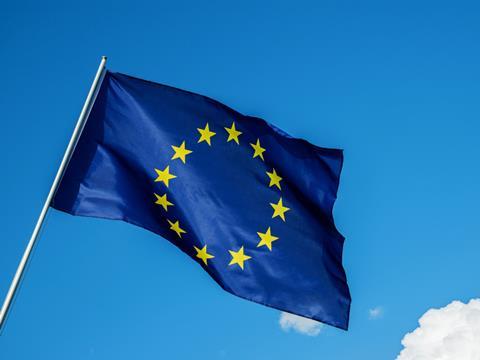
The CEOs of the European Container Glass Federation (FEVE) have written to the European Commission calling for a technical adjustment to the new packaging minimisation requirements of the Packaging and Packaging Waste Regulation (PPWR) through the upcoming Environmental Omnibus or other legal tools.
The container glass industry ‘strongly supports’ the ambition of the PPWR and continues to invest in decarbonisation, furnace electrification, improved recycling systems and support the uptake of reuse. However, the letter states that the new packaging minimisation requirements of PPWR, as currently drafted, would require all packaging to be cut to the ‘minimum necessary’ in a way that leaves no room for creative packaging design and innovation.
FEVE CEOs are concerned that this leaves no space for the shapes, features or brand elements consumers are familiar with. For sectors like wines, spirits, cosmetics, perfumery, gourmet foods and beverages, this would ‘severely limit global competitiveness’ and ‘jeopardise entire value chains’ in some cases.
The request to the European Commission asks for a clarification in the upcoming Environmental Omnibus that maintains ambition while ensuring that the PPWR is ‘workable, proportionate and legally clear’. This consists of ensuring a fair balance between packaging minimisation and design freedom, with product presentation, marketing and brand identity explicitly acknowledged; strengthening IP Protection and reviewing the 2025 cut-off date; and amending the references to rigid maximum weight limits.
Last month we spoke to Vanessa Chesnot, Head of Public Affairs and Product Policy at FEVE, as part of our Packaging Europe podcast. The episode explored how policy is supporting Europe’s container glass industry to actively work towards the goal of achieving net zero emissions by 2050.
In September we reported on the progress being made towards this goal, examining how the glass industry will achieve this. The report covers comments gathered from brands, producers and other stakeholders, with strategies focused heavily on decarbonizing production and circularity, as well as lobbying for enabling policies and investment.
If you liked this story, you might also enjoy:
The ultimate guide to the Packaging and Packaging Waste Regulation in 2025
How are the top brands progressing on packaging sustainability?
Everything you need to know about global packaging sustainability regulation in 2025
The key to increasing the use of reusable packaging in supermarkets

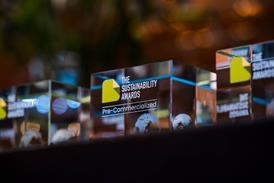

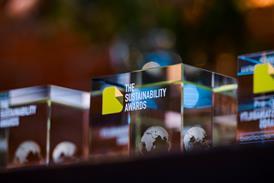
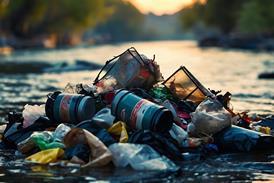
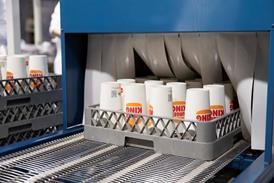















No comments yet